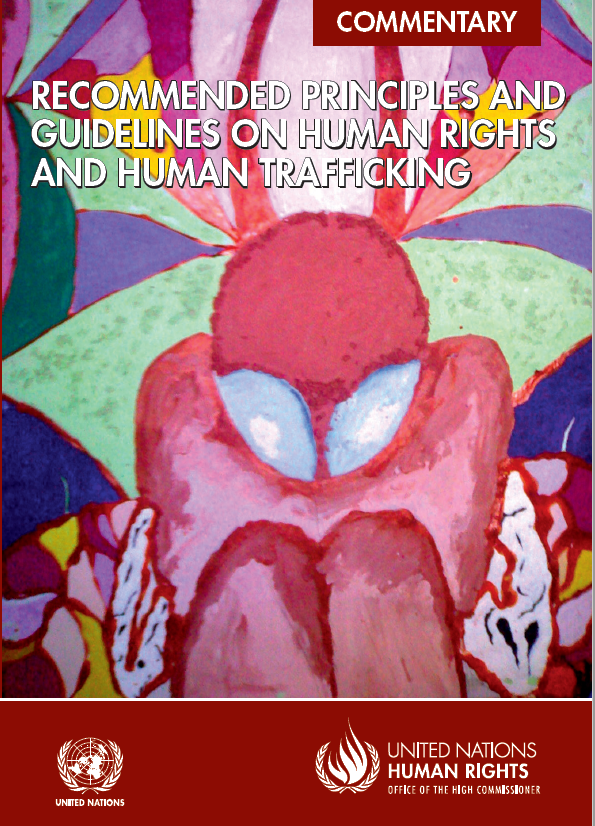Recommended Principles and Guidelines on Human Rights and Human Trafficking
The Recommended Principles and Guidelines on Human Rights and Human Trafficking aims to provide practical, rights-based policy guidance on the prevention of trafficking and the protection of victims of trafficking. Their purpose is to promote and facilitate the integration of...

